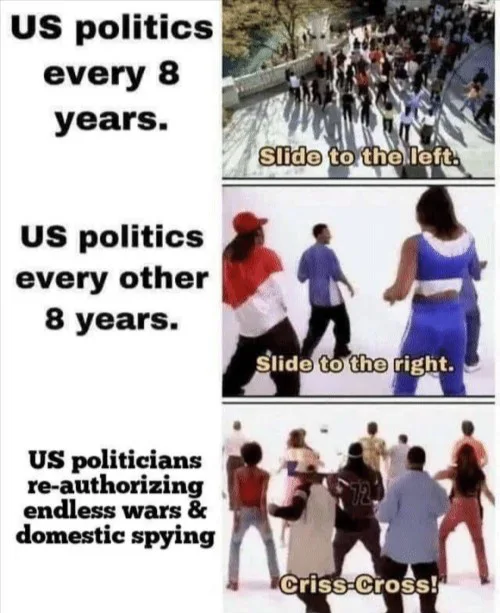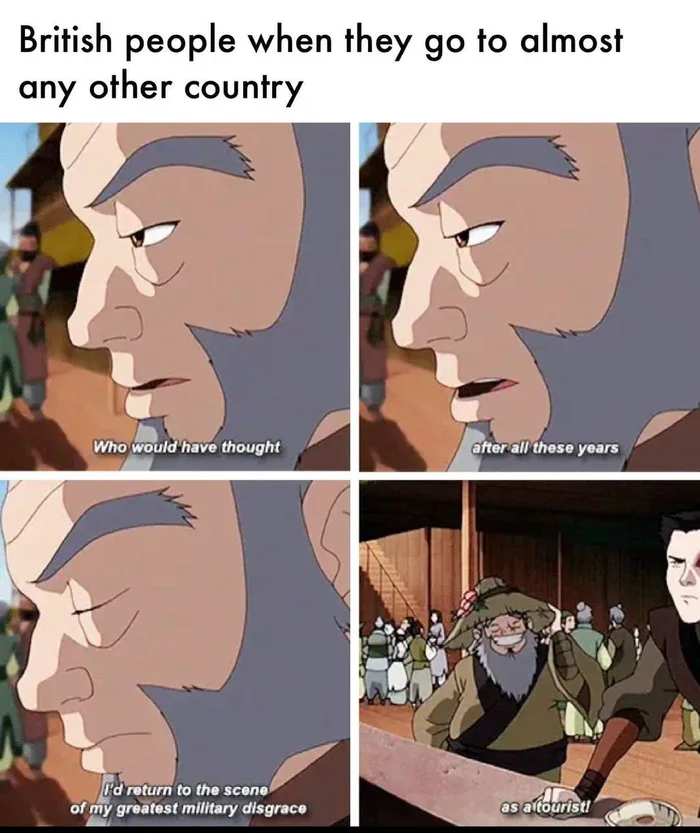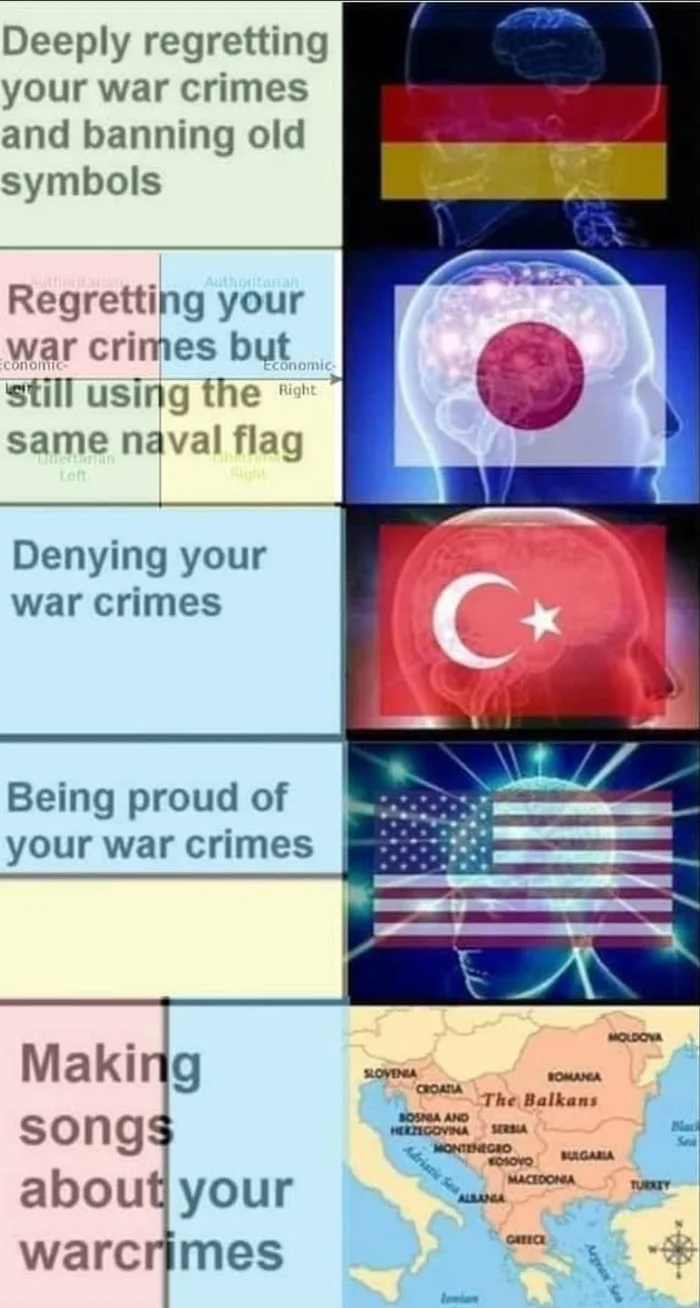(Warning; full military theory/organisation nerd-wonkery ahead. I didn't even attempt to make it more readable with lots of symbol pictures. Either the topic fascinates you or it's just a boring wall of text.)
Fractals are never-ending patterns, the discovery of mathematical algorithms to create such images led to many psychedelic room decoration posters.
I'm going to propose a fractal for the organisation of ground forces in action; a recurring theme for tables of organisation and equipment, with almost clone-like similarity of reasoning at all levels.
First the basics, though.
Armies usually organise with a certain preferred span of command; one leader (and this HQ) is responsible for usually three, sometimes, two, four and rarely five subordinate manoeuvre units/formations. A typical pattern in German 20th century history was to have one leader commanding three manoeuvre units/formations and one heavier armed unit/formation. The heavier weapons component was typically mortars and heavy (tripod) machineguns for a heavy weapons company at battalion level, whereas the artillery regiment at divisional level had howitzers and maybe cannons. This division was in part about mobility; 120 mm mortars are not supposed to change position every time an infantry company proceeds from one village to the next. Heavy machineguns were often parcelled out to reinforce defensive positions, and sometimes such HMG units were tasked to defend a frontline section or area of their own, where a static defence was deemed to be promising. Artillery regiments were able to move their fires relatively quickly, and thus often considered to be the divisional commander's main effort weapon.
There were quite a few proposals to deviate from such conventional patterns; an interesting one came from Uhle-Wettler, who proposed to give the commanding officer of a battalion a Verfügungszug. You could expect 3 x 3 infantry platoons in a triangular infantry battalion (3 companies, each 3 platoons). The Verfügungszug would have been a 10th infantry platoon under direct control of the battalion leader without any company command in between. There are many ways how such a 10th platoon could be used and misused, and the key here is to trust the Battalion leader to use it well. The concept is reminiscent of the personal bodyguards of elite soldiers used by commanders from antiquity till the medieval age.
I don't intend to enter the discussion about the optimal span of command / span of control (this time). My interest is now rather on the non-manoeuvre component.
Let's begin at the lowest level for this, the infantry platoon. There are many specialist tasks and equipments that might make sense in such a platoon, but not in its squads/sections:
- platoon leader (junior officer)
- senior non-commissioned officer of the platoon (with platoon leader for advice)
- combat medic with dedicated combat medic backpack
- signaller with longest-range (backpack) radio tech in the platoon
- anti-material rifle user (counter sniper / penetrating single shots marksman)
- portable infantry gun user (think M4 Carl Gustaf)
- commando mortar user (for IR Illum, multispectral smoke)
- munition porter(s)
- demolition engineer (with enough demolition equipment to blow up a small bridge or block a few roads quickly)
- ESM specialist (radio and radar detection, direction finding, interception) with ~15 kg ESM backpack
- ECM specialist (fuse, drone and comms jamming) with ~15 kg ECM backpack
- ManPADS user
- ATGM team(s)
- CBRN specialist with portable CBRN detection sensors
- joint fire support control specialist with tripod-mounted forward observer sensor
That's more than a squad/section in its own right, and some people would even add tripod machinegun teams to such a list.
There's not much of a case for an equivalent at the company level unless we take into account reality; no army combines all the bullet points above into the platoon level. So some (particularly the last couple bullet points) could instead be in a company-level support small unit.
The battalion level offers more 'opportunities' for combat support: a military intelligence team to make sense of the ESM readings and other reports as well as to coordinate radio usage and ECM, civilian interaction specialists, messengers, radio relay operators, air defence warning sensors and coordination, indirect fire support (such as with 120 mm mortars), fibre-optic guided missiles against helicopters and high value targets on the ground, various portable-sized flying drones, a sniper platoon, more medics, supply platoon for water and munitions, recovery vehicles and more.
Next, the brigade level offers more opportunities for a support group, and this is where I will lay out my 'philosophy' behind it a bit:
Think of umbrellas span up by the support group. The umbrella covers the area in a certain radius with its support. This radius depends a bit on circumstances, but also on technical limits. An area air defence umbrella would have a radius determined by the kinetics of its missiles (or line of sight by lasers) and the target speed, altitude and evasive abilities, for example. An ESM or ECM umbrella would in part be dependent on how good the vantage points are. Other support is not so much limited in radius, some examples would be taking over and handling prisoners of war, providing medical support and providing military intelligence support, HQ 'services'.
The support groups of all levels of organisation should have a 'support umbrella span' (effective support radius) that fits best to their level. A brigade does not need a commando mortar company, and an infantry platoon needs no area air defence battery.
I prefer to skip the divisional level, thus the next support group of interest is the corps-level support group. This would have its own level-typical support abilities, and this can include missiles (air defence and fixed ground target destruction) for hundreds of kilometres range, a long range scout regiment, an army rotary aviation regiment, an armoured reconnaissance / light cavalry / mounted raiders regiment, two logistics hubs and units that take over supplies from civilian logistics vehicles at said logistics hubs to move them forward to brigade drop-off points using military 8x8 vehicles.
The corps support group would be different in one way from the lower level support groups; the lower level ones would often hug one of the manoeuvre groups of its own level for security. The corps-level support group would instead be in a secured 'rear' area (behind a river, for example) where exhausted manoeuvre and scouting forces would rotate into to get some rest (12 hrs of sleep + maintenance/repairs and assimilating reservists and late-coming personnel to fill gaps).
This 'fractal' can be repeated in other kinds of units and formations, such as tank battalions, independent artillery regiments and so on. A particular advantage of the separation between manoeuvre elements and support elements as described might be lost in some instances, though: The manoeuvre elements become more handy, agile, stealthy when we cut off some support to make them smaller. The manoeuvre element commanding officers would not be burdened with security for and maintaining mobility of support elements. Sure, a battalion battlegroup commander would still have to care about his support group company, but the manoeuvre composite company leaders wouldn't be encumbered like this.
Let's look at the difference between parcelling out two 120 mm mortars (self propelled) to each manoeuvre composite company of a battalion battlegroup and keeping all 120 mm mortars in a separate support composite company:
The mortars with the manoeuvre forces (say, a tank platoon and an infantry platoon) would have more reliable radio links to the company leader, the munitions would fly for a few seconds less, a little less auxiliary charges would be needed and dispersion would be smaller. The advantages of keeping them in a support composite company would be most of all better security (less stressful for the crews), ability to shoot when the composite manoeuvre company is on the move and most importantly of all; the manoeuvre composite company leader doesn't need to think about them. There's no 120 mm SP vehicle stuck in a ditch that needs recovery. 120 mm munitions are no concern. The company convoy is much shorter. Different offroad abilities of the 120 mm SP vehicles wouldn't matter. He needs not be concerned with how to hide the SP mortars while still letting them have a useful field of fire. The company becomes less easily visible and audible. The shots and radio comms of the mortar teams don't attract artillery fires onto the company. It's a lot less of a mess for a leader who can now focus on the line of sight concerns and call on support without being concerned with most downsides of support.
Other support assets should be on their level and not distributed to a lower level simply because their support service is rather relevant in context to the area of operations rather than the organisational elements. Reconnaissance and surveillance should be a corps-wide activity, with manoeuvre forces merely doing security (pickets for bivouac, vanguard/rearguard/flank security on the move).
Last but not least I'd like to emphasize that this was (as mentioned) about the organisation of land forces in action; optimal administrative and training organisations are different and may indeed change over time depending on the peacetime activity.
The described fractal describes a common pattern, a theme for how to provide level-suitable support without unduly burdening manoeuvre elements of the same level. I consider this highly advisable to reach the levels of agility, stealth and bearable burden on manoeuvre element leadership that are necessary to cope with the modern high end conventional warfare environment.
S O
defence_and_freedom@gmx.de
related:
/2017/11/square-or-triangular-my-two-euro-cents.html
/2017/11/the-square-structure-issue.html
/2012/12/to-debates.html
*: Some of these things are present in sections of certain armies. These details are peripheral to the real message here, and I insist anyway.
P.S.: In case you have questions or doubt the relevance of this; blog posts are scheduled for up to August 21 that build on this text, and the relevance of the concept will become visible.
.





